How to Connect Two Oscillating Sprinklers Together?
One of our readers recently asked us ‘Can you connect two oscillating sprinklers together.’ The answer to this question is yes, and in this guide, we’ll show you how to connect two oscillating sprinklers together. Plus, we’ll cover the common issues that may arise along the way and provide you with troubleshooting tips to keep your lawn lush and healthy. Let’s start.
How to Connect Two Oscillating Sprinklers Together?
Here’s our step-by-step guide to connecting two oscillating sprinklers effectively:
1st Step – Select Suitable Sprinklers
Begin by choosing two oscillating sprinklers with similar water distribution patterns and coverage. This ensures even watering across your lawn.
2nd Step – Position Spacing
Place your two sprinklers in a way that allows their water spray patterns to overlap slightly. Overlapping prevents dry spots and overwatered areas, ensuring comprehensive coverage.
3rd Step – Hose Connection
Use a garden hose long enough to reach both sprinklers from your outdoor water source. First, connect one of the oscillating sprinklers to your hose and then attach the second sprinkler to the first one using another hose. Make sure all connections are secure to prevent leaks.
4th Step – Adjust Sprinklers
Set the spray width and range on both sprinklers based on the dimensions of your lawn. Test your setup and make any necessary adjustments to ensure optimal coverage.
5th Step – Water Pressure
Ensure that your outdoor water source provides sufficient water pressure to operate both sprinklers effectively. Inadequate water pressure can lead to uneven coverage.
6th Step – Start Sprinklers
Turn on your water source, and your two oscillating sprinklers should begin their back-and-forth motion, evenly watering your lawn. Keep an eye on their operation to make sure everything works as intended.
How to Ensure Even Water Distribution Across Your Lawn?
When connecting your two oscillating sprinklers, achieving uniform water distribution is crucial for maintaining a healthy and evenly green lawn. Here’s how you can ensure consistent watering:
Overlap Spray Patterns
Position your two sprinklers so that their spray patterns overlap. This overlap creates a buffer zone where coverage is double, ensuring that you miss no areas or overwater them. The result is even water distribution.
Test the Setup
Before leaving your sprinklers unattended, observe their operation for a few minutes. Ensure there are no dry spots or puddles and adjust sprinklers or hose positioning if necessary.
Set Proper Width and Range
Adjust width and range settings on both sprinklers based on the dimensions of your lawn. Ensure that they match to avoid uneven watering.
Regularly Monitor
Keep an eye on your sprinklers while they’re operating. If you notice any issues, such as dry spots or excessive water pooling, make real-time adjustments to your setup.
Timer Control
To ensure even watering over time, consider using a timer for your outdoor water source. This allows you to schedule when your sprinklers turn on and off, preventing overwatering in any area.
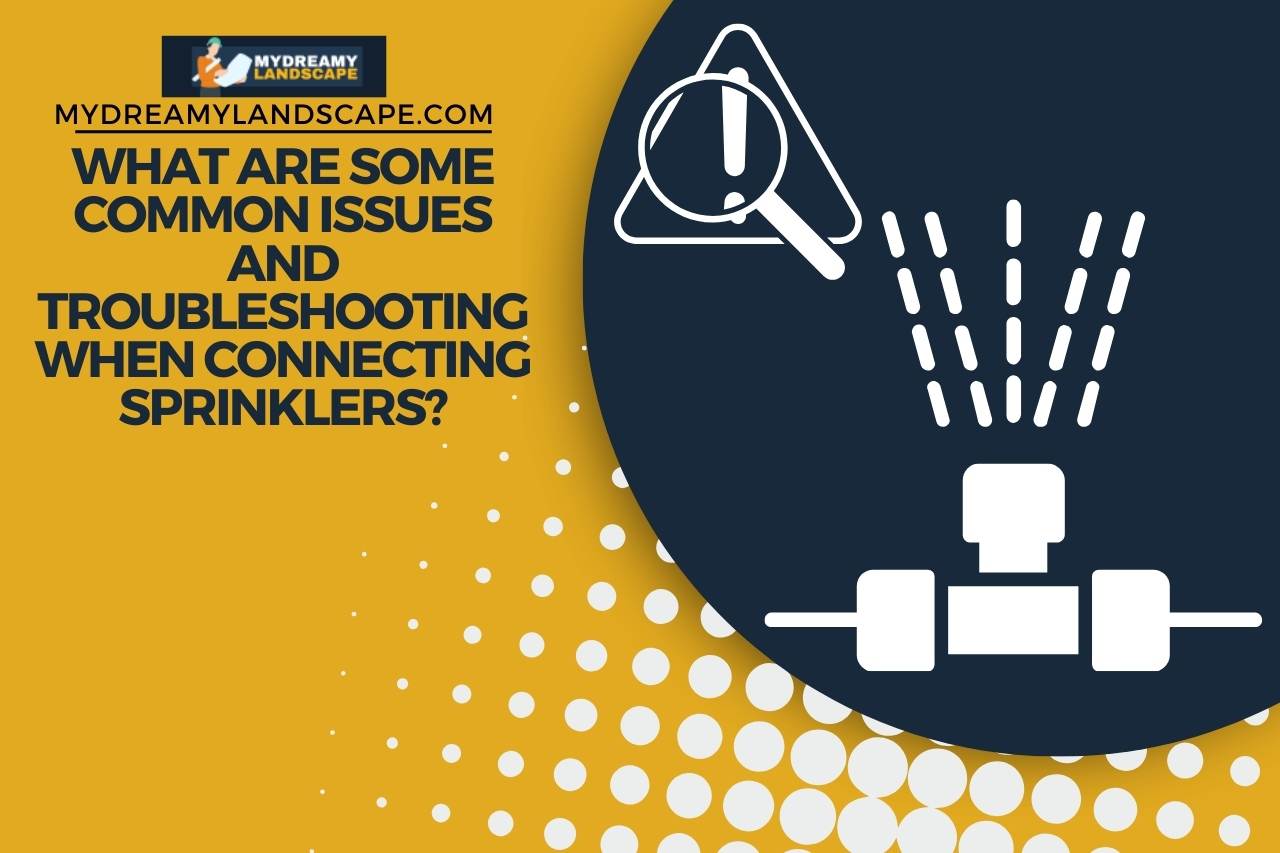
Common Issues When Connecting Oscillating Sprinklers
While connecting two oscillating sprinklers can provide excellent lawn coverage, it’s essential to be aware of common issues that may arise and how to troubleshoot them. Here are some typical problems you might face and their solutions:
Uneven Water Distribution
If one of your sprinklers is receiving more water than the other, it can result in an uneven lawn. To solve this issue, ensure both sprinklers are on level ground, and that water pressure is consistent. Adjust range and width settings on each sprinkler as needed to balance coverage.
Low Water Pressure
If your sprinklers seem weak or have reduced spray distance, check your water source’s pressure. Low water pressure can be caused by blockages in your hose, a kink, or high water demand in your area. Remove obstructions, straighten kinks, and consider using a pressure regulator.
Overlapping Coverage
Overlapping spray patterns can lead to overwatering and runoff. To fix this, adjust range and width settings, ensuring there’s a slight gap between your two sprinklers’ patterns. You may need to move them farther apart.
Hose Leaks
Leaks at connections or along your hose can waste water and reduce sprinkler effectiveness. To address this, check for damaged or loose connections. Replace any damaged parts and secure connections tightly.
Hose Kinks
Kinks in your hose disrupt water flow and coverage. Ensure your hose is free of kinks and lays flat on the ground to maintain a smooth water supply.
Hose Length and Diameter
Problems can arise if your hose isn’t the right length or diameter. Make sure your hose can comfortably reach both sprinklers while allowing for flexibility. Opt for a hose with an adequate diameter to ensure proper water flow.
Nozzles and Bearings
Clean your nozzles regularly to prevent blockages and lubricate your bearings to keep sprinklers rotating smoothly.
Pressure Regulator
If you experience inconsistent water pressure, consider using a pressure regulator. This device helps stabilize water flow and keeps both sprinklers functioning optimally.
Regular Maintenance
Ongoing maintenance is key. Inspect your equipment, hoses, and connectors for wear and tear. Replace any damaged components to keep your setup in good working order.
You May Also Like
- The Oscillating Sprinkler Stopped Moving – Keep It Oscillating!
- How to Find Buried Sprinkler Heads? Unearthing Your Lawn’s Hidden Assets
- How To Raise The Sprinkler Head? Elevate Your Lawn Care
- Sprinkler Head Not Rotating – (Causes and Solutions)
- Why does My Sprinkler Head Leak? Decoding the Mystery!
- Oscillating vs Rotary Sprinklers – Which Sprinkler is Right for You?
- Why is My Impact Sprinkler Rotating Slowly? Sluggish Sprinkler Solutions!
- How Do you Adjust Impact Sprinkler Rotation? Troubleshooting & Adjustment Tips!
- How Much Water does an Oscillating Sprinkler Use Per Minute? Eco-Friendly Lawn Care
- How Do you Control an Oscillating Sprinkler? (Step-by-Step Guide)
- How Far does an Oscillating Sprinkler Go? Maximizing Coverage!
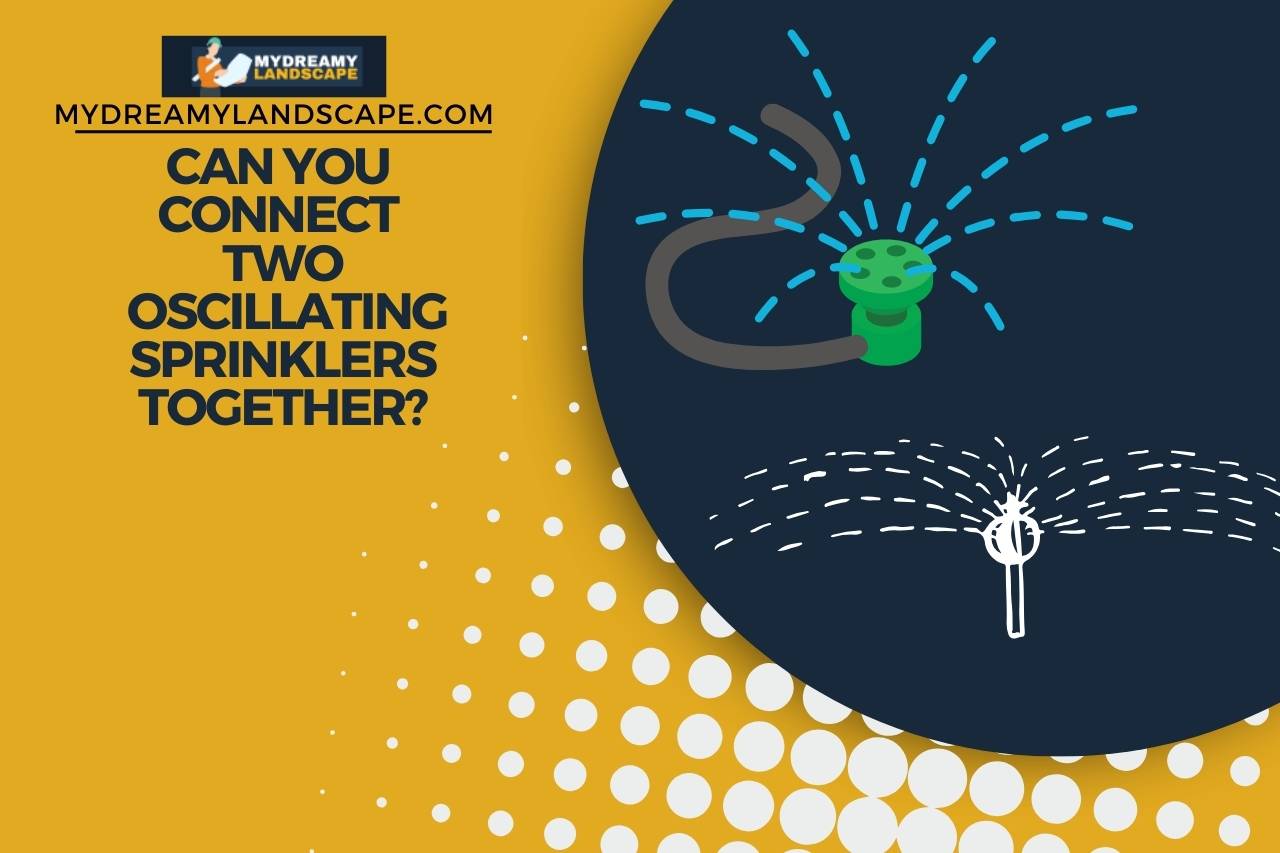
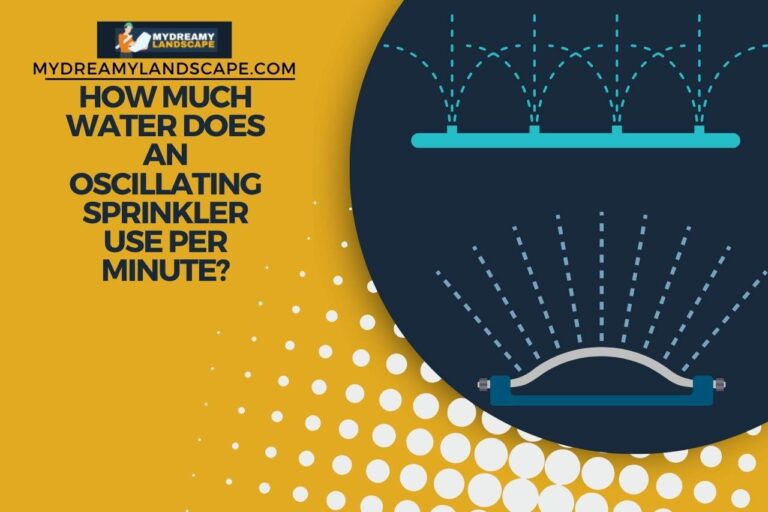
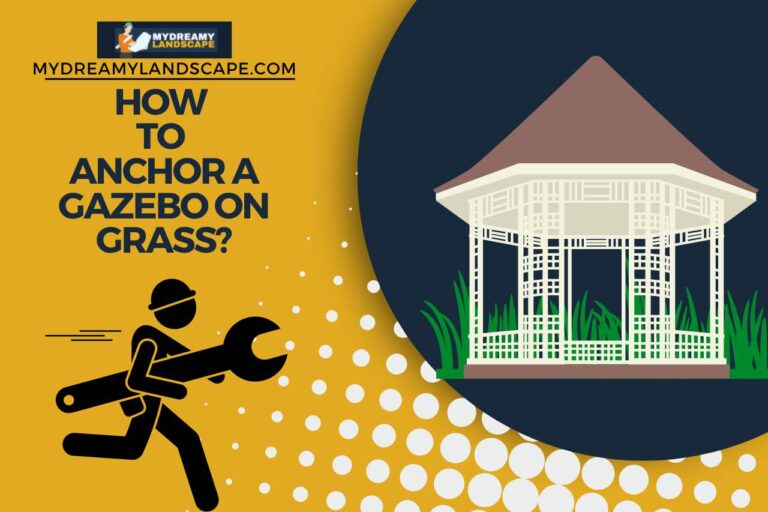
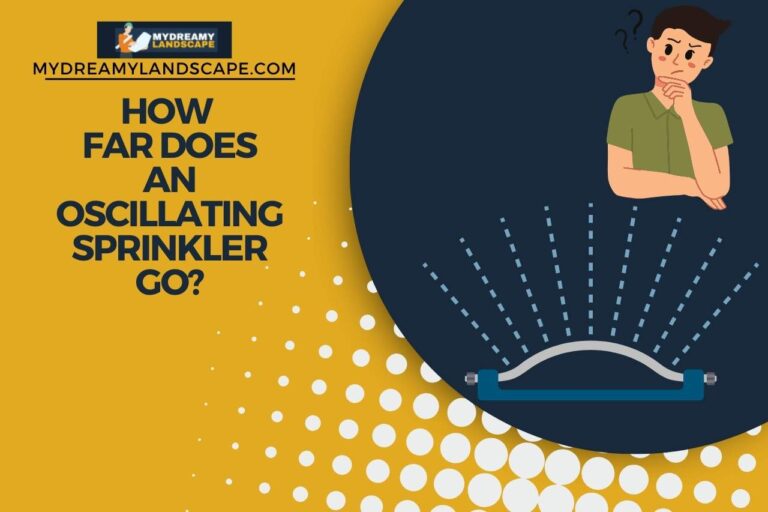

![Why is My Impact Sprinkler Rotating Slowly? [FIXED]](https://mydreamylandscape.com/wp-content/uploads/2023/10/How-often-should-you-pressure-wash-your-driveway-72-768x512.jpg)
